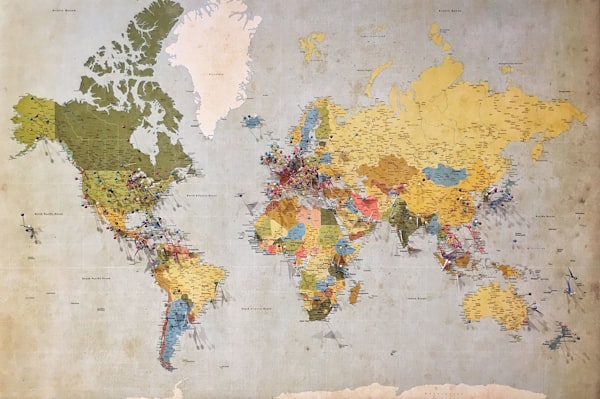Ecosystems and Biodiversity

Ecosystems
Ecosystems are dynamic, which means that they change over time, either for the better or worse. These systems can often times experience disruptions in either the living or non-living parts of the system. Every change can affect the populations of the system.
- A change can impact the populations negatively, like in the case of squirrels. If an unexpectedly long winter happens, and the food that the squirrels deposited runs out, then the population of squirrels would decrease.
- A change can alter populations positively. If an unexpected early spring came, then the squirrels would have more food than usual and the population would increase.
Biodiversity
Biodiversity is the variety in ecosystems. This decreases when species become extinct or fully disappear from a certain area.
Sometimes biodiversity is impacted by humans in negative ways. For example, in the case of the dodo bird, when humans came to its native island, it became extinct because of humans and the animals that were introduced by them, such as dogs and rats.
Humans and The Ecosystem
Whatever humans gain from the ecosystem is known as an ecosystem service. There are four of these services:
- Provisioning services are the resources that people take from the ecosystems, like gasoline and water.
- Regulating services are all the things that keep the ecosystem healthy for the humans. A few of these regulating services are provided by the decomposing fungi and scavenger birds.
- Supporting services are processes that are the necessities for life, like the water cycle and photosynthesis.
- Cultural services are the ways that ecosystems impact people's traditions and lifestyles. For example, in Romania, where there are many forests and mountains, people love to hike; it is part of their culture.
Humans can negatively impact the ecosystem where they are. For instance, by building a dam, they can ruin ecosystems by flooding them.




